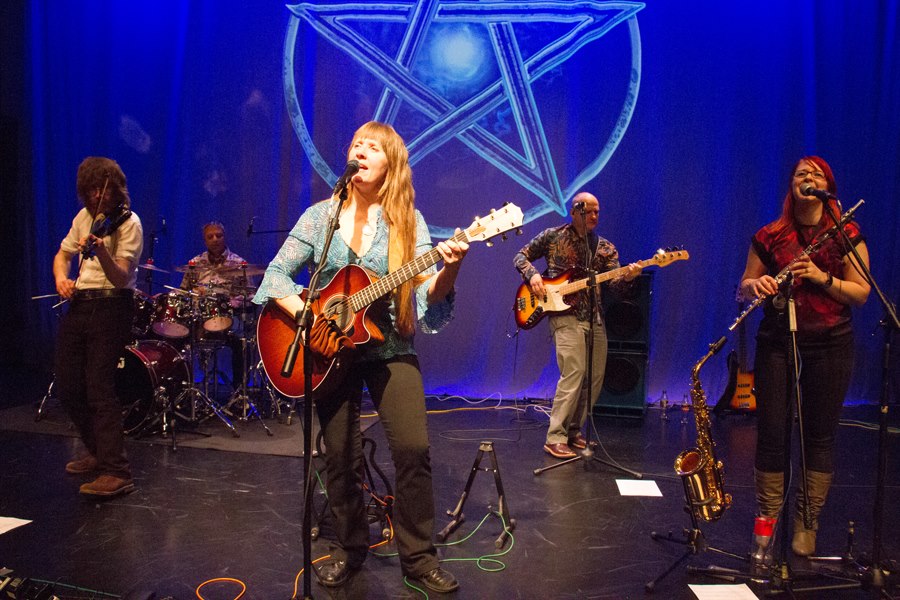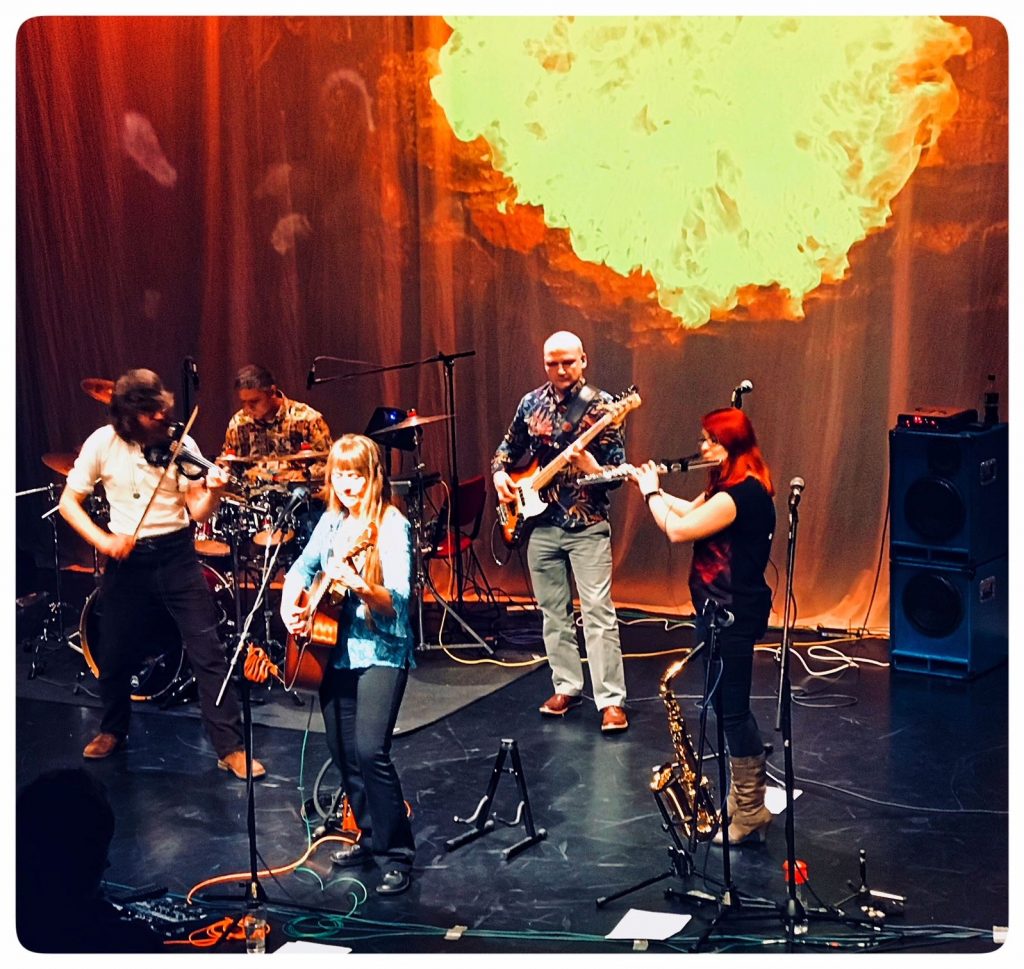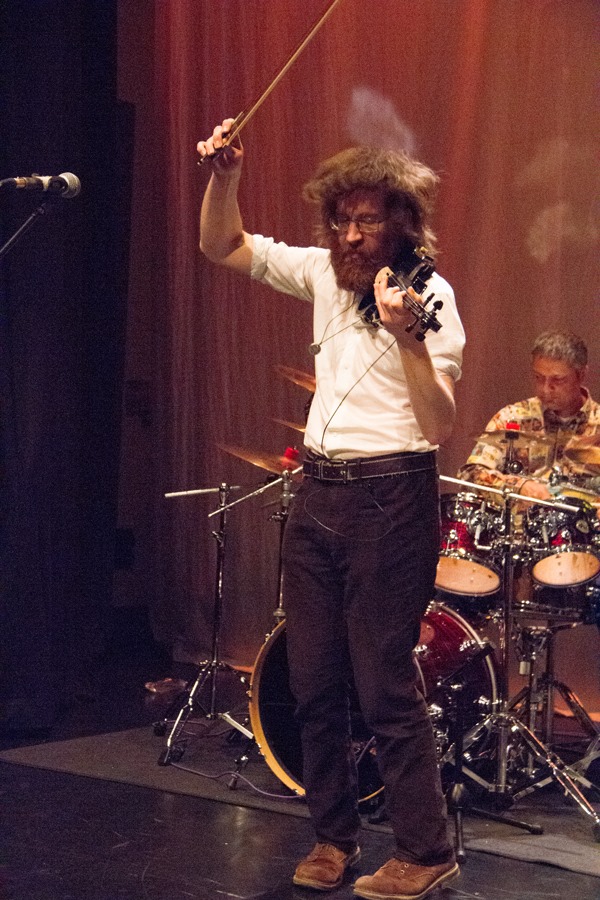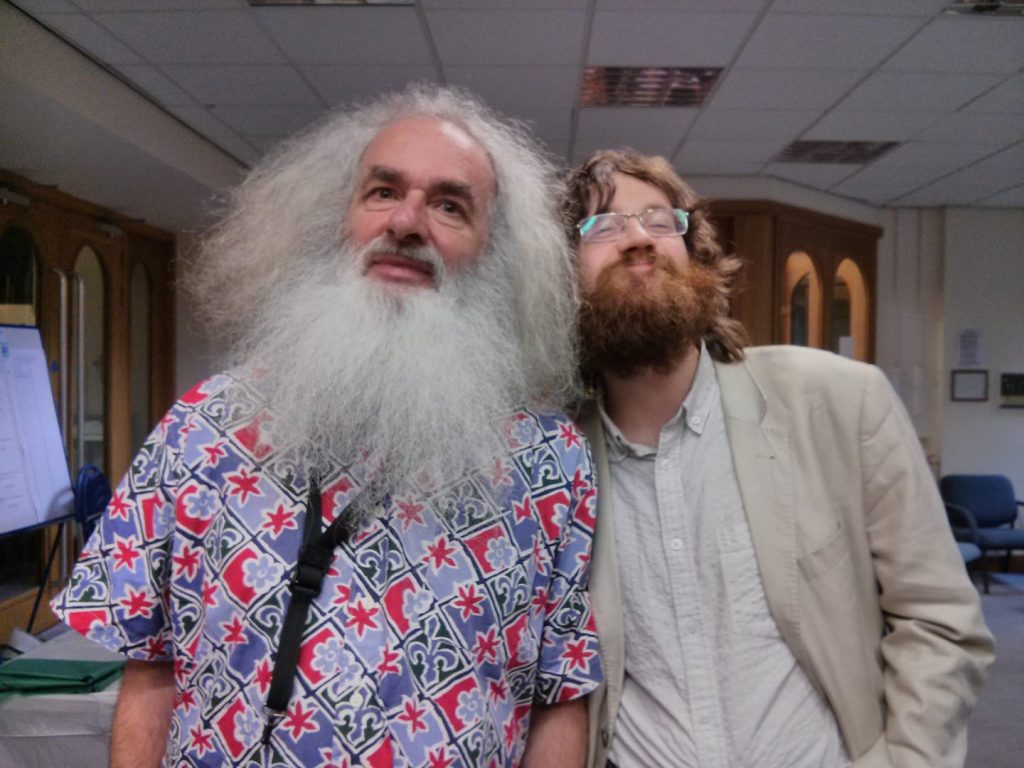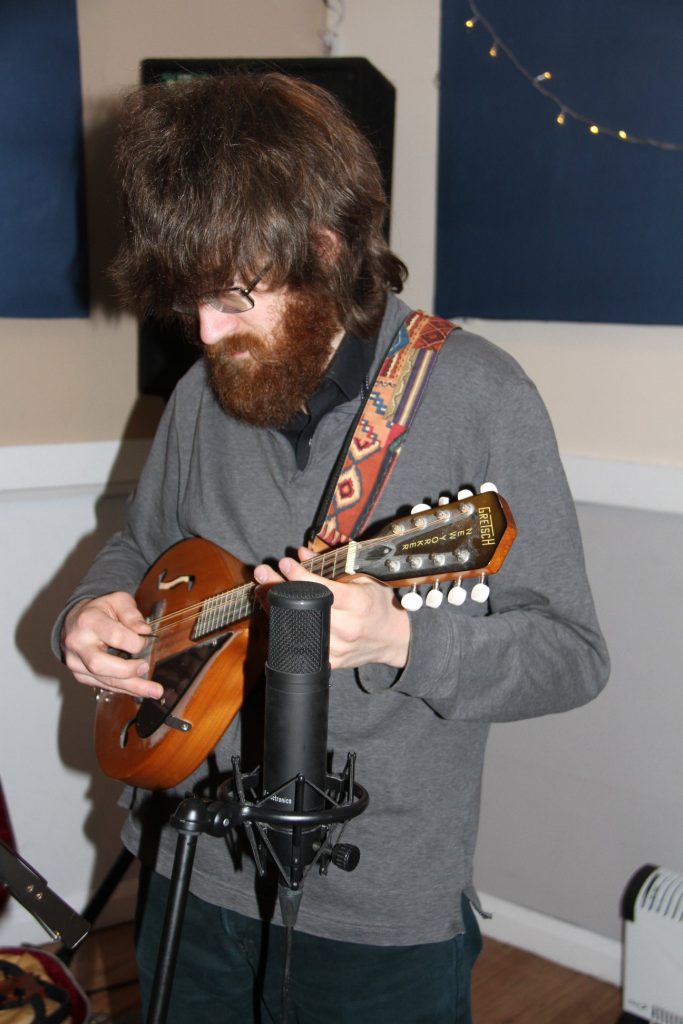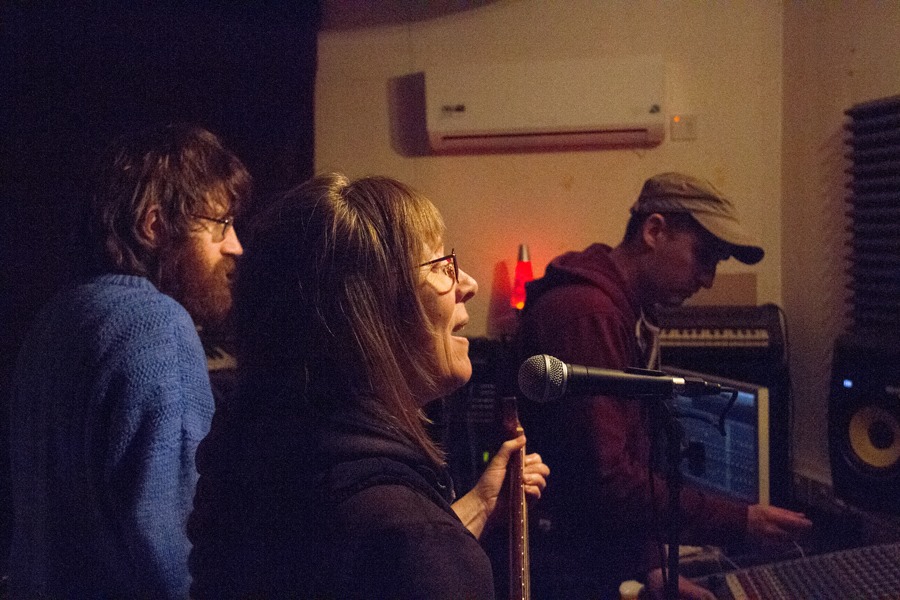Saturday 24th was a fairly rare orchestral violin outing for me.
Curiously, given the major strand of my art music violin playing lately has been with La Folie, this was also with a largely modern-instrument chamber orchestra specialising in period performance, namely Ashford Baroque Ensemble. I was balancing up the numbers in their second violin section for a concert accompanying Spelthorne Choral Society.
A great many choral society concerts are built around Romantic warhorses (like Mendelssohn’s perennially popular Elijah, which I will be playing viola in for the third time with as many choirs / orchestras in June); these demand large orchestral forces even while many choirs find their numbers dwindling or, for similar reasons, their sheer volume declining as the average age rises. In contrast, the repertoire for this outing allowed us the orchestra to take to the stage with very small numbers, thankfully removing the frequent necessity to artificially stifle the orchestral volume even in choral tutti.
Emmanuele d’Astorga is, it appears, a highly obscure figure. I particularly like the fact that he disappears out of the historical record and the date of his death is estimated from when he is last heard of! Musicologists apparently esteem his secular vocal chamber music highly, but the only work of his to be in the regular performance repertoire is the Stabat Mater we were performing. Its style is solidly that of the late Baroque (probably a little old-fashioned when it was written), with the deliberate backward glances common to most church music from the seventeenth through to the nineteenth centuries – the approach would be familiar to anyone who knows the Vivaldi Gloria, though it is of course a more muted work given the more funereal text involved. Chorus roughly alternate movements with various combinations of a quartet of soloists (it was a pleasure to have an excellent counter-tenor singing the alto part; with all due respect to female contraltos, the composer would definitely have had male alto in mind), supported only by strings (we had 11 of them) and continuo (supplied by (electronic) chamber organ). One movement is for solo voice and continuo only; there are a couple of tutti fugues; and static-pitch intoning is referenced in a couple of passages in which the choir make their way through text in rhythmic unison on a single chord.
This piece seems to be undergoing one of those waves of popularity that constitute a peculiar form of (particularly amateur) classical music fashion, and particularly given the relative smallness of the Baroque choral repertoire as represented by most choirs, it is definitely well-deserved. There are charming sparkling solo passages; some yearning suspensions amid much deft use of minor tonality; and the contrapuntal material is satisfying.
Haydn’s ‘Nelson’ Mass requires much less introduction. It is, of course, technically (and in terms of musical style, very definitely) too late for a soi-disant Baroque ensemble. However, this makes a welcome change from Classical (and even Baroque) repertoire being performed in the late-Romantic manner which is still the received mainstream performance style, particularly for string players! The only growth of the orchestra here from the d’Astorga was the addition of trumpets and timpani – interestingly and almost certainly authentically, keyboard continuo was retained.
The sheer capital investment required (unless and until I discover a mythical personage willing to loan an instrument for virtually free) continues to effectively debar me from period-instrument work and therefore a lot of contact with high-level early music specialists. However, it was gratifying to find, playing with a specialist ensemble, that most of my instincts regarding bowing in particular in the d’Astorga aligned with those of the regular members; and my ideas about how to handle an urtext edition in performance! (The particular pitfall here is the ‘lazy composer’: manuscript has various phrasing / performance marks only in the first instance of some material, as the composer expected the typesetter and/or performer to then apply them analogously to repetitions and variations; this seems fairly evident but I have been in rehearsals where it was taken as justification for interpreting the first instance differently to the rest!)
I’m unsure quite when I’ll be coming back to orchestral early music. However, next month (April) sees me occupying two musical theatre pits (using violin in both, plus viola in one), and renewing my connection with Lincolnshire Chamber Orchestra on viola for a largely Romantic programme. Plus I’m trying to get back to work on some really representative classical viola promo material. As ever, watch this space!
